Reviewed by Julianne Ngirngir
Picture this: You're eyeing Samsung's latest tablet lineup, but the Galaxy Tab S10 series left you wondering if waiting might be worth it. Well, fresh leaks about the Galaxy Tab S11 series just dropped some serious intel that could change everything—especially if you're in the US market.
What you need to know:
Samsung confirms the Galaxy Tab S11 series will launch in the second half of 2025 with enhanced AI capabilities
Early benchmarks reveal the Galaxy Tab S11 features a MediaTek Dimensity 9400+ processor with 12GB RAM running Android 16
The Galaxy Tab S11 Ultra gets a camera redesign and thinner bezels, potentially increasing screen size beyond the current 14.6 inches
Here's the thing: Samsung's making a strategic shift from Snapdragon to MediaTek across their entire flagship tablet lineup while positioning these devices to compete directly with iPad Pro pricing. This isn't just a spec bump—it's a fundamental change in how Samsung approaches premium Android tablets. Let's break down what these revelations actually mean for your next tablet purchase.
Why the MediaTek switch could shake up tablet performance
Samsung's doubling down on MediaTek processors for its flagship tablets, and the numbers tell an interesting story. The Galaxy Tab S11 scores 1,430 single-core and 5,312 multi-core in Geekbench 6.4 tests with the Dimensity 9400+. Compare that to the Galaxy Tab S10 Ultra's Dimensity 9300+ pulling 2,111 single-core and 7,319 multi-core scores.
Wait, those S10 Ultra numbers look higher? That's where things get interesting. These lower S11 scores likely reflect early firmware optimization, but reveal Samsung's testing a more balanced core configuration that prioritizes sustained performance over peak burst speeds—a smarter approach for tablet workloads like video editing, multitasking with DeX mode, or extended Creative Cloud sessions.
The S11's benchmark shows a 1+3+4 CPU core layout with clock speeds hitting 3.73 GHz, 3.3 GHz and 2.4 GHz respectively. This suggests Samsung's focusing on thermal management and battery efficiency rather than chasing synthetic benchmark bragging rights. For real-world usage patterns—think sustained productivity work or media consumption—this could deliver more consistent performance than the current generation's peak-and-throttle approach.
PRO TIP: The MediaTek partnership likely allows Samsung to negotiate better pricing while maintaining flagship performance, potentially translating to more aggressive retail pricing or higher profit margins that fund better overall package value.
The kicker? Both Galaxy Tab S11 models are rumored to use MediaTek Dimensity 9400 processors, breaking from the traditional approach where only certain variants got flagship chips. This standardization across the lineup should eliminate the performance lottery that sometimes affected previous generations.
What makes the Galaxy Tab S11 Ultra's redesign actually matter
Samsung's not just slapping new specs into the same old design. The leaked renders show the Tab S11 Ultra sporting thinner bezels and a smaller camera cutout compared to the current S10 Ultra. Since the Galaxy Tab S10 Ultra already maxes out at a massive 14.6-inch display, shrinking those bezels could push screen real estate even further without increasing the overall footprint.
Here's what's really smart about these changes: Samsung reduced the front cameras from two to one on the Tab S11 Ultra. This focused engineering approach typically delivers better optimization for video conferencing—a critical use case for large-screen tablets in hybrid work environments.
The battery improvements tell a more compelling story than the numbers initially suggest. The Galaxy Tab S11 Ultra reportedly jumps to an 11,374mAh capacity, up from the Tab S10 Ultra's 11,200mAh. While 174mAh seems minimal, combined with the Dimensity 9400+'s improved efficiency, users could see 30-45 minutes of additional screen time in typical productivity scenarios—the difference between making it through a full workday and scrambling for a charger.
The launch timeline that actually benefits US buyers
Samsung's September timing isn't coincidental—it positions the Tab S11 to capture enterprise budget cycles while forcing Apple to respond during their typically quiet October-November tablet window. A company executive confirmed the Galaxy Tab S11 series will arrive "shortly" following their "traditional cadence"—which points to September 2025 based on the Galaxy Tab S10's September 2024 launch.
This strategic positioning creates a perfect storm for consumers. The Galaxy Tab S11 could start close to the Tab S10+'s $999 starting price, with the Ultra likely around $1,199 once again. But here's the smart play: that September launch means Galaxy Tab S10 models will see aggressive discounting through the summer, giving you two compelling price points to consider.
Don't Miss: Samsung officially confirmed during their Q2 2025 earnings call that the Tab S11 series will feature "enhanced AI capabilities"—likely powered by the upcoming One UI 8 based on Android 16. This represents a full Android generation leap over current models, extending the device's useful software support timeline significantly.
The enterprise angle matters more than you might think. September launches historically align with Q4 corporate purchasing cycles, when businesses finalize tablet deployments for the following year. Samsung's timing suggests they're serious about competing for the lucrative business market currently dominated by Apple's iPad ecosystem.
Where this leaves your tablet buying decision
The classic tech dilemma returns: the next generation offers meaningful improvements, but the current one remains excellent. These leaks reveal Samsung's building something genuinely compelling for late 2025. The Galaxy Tab S11 series brings substantial upgrades: Android 16 out of the box, refined design that maximizes screen real estate, improved sustained performance characteristics, and enhanced AI integration that could meaningfully impact productivity workflows.
But let's analyze what these specifications actually mean for different user scenarios. The Dimensity 9400+ processor represents thoughtful optimization over raw power—ideal for professionals who need consistent performance during extended work sessions rather than brief bursts of synthetic benchmark excellence. The design refinements target real usability pain points rather than superficial changes. Even the rumored battery improvements focus on practical gains that extend daily usage patterns.
Here's my analysis based on years of testing premium tablets: if you need a flagship Android tablet immediately, the Galaxy Tab S10 series remains exceptional, and you'll benefit from immediate availability plus inevitable price reductions as the S11 launch approaches. But if you're investing in a device for 3-4 years and prioritize having the latest platform optimizations, waiting for September appears strategically sound—especially considering Samsung's promise of seven years of update support means you'll maximize that extended software lifecycle.
Either way, Samsung's leaked roadmap demonstrates they're taking the premium tablet segment seriously again—and that competitive pressure benefits everyone shopping in this space.




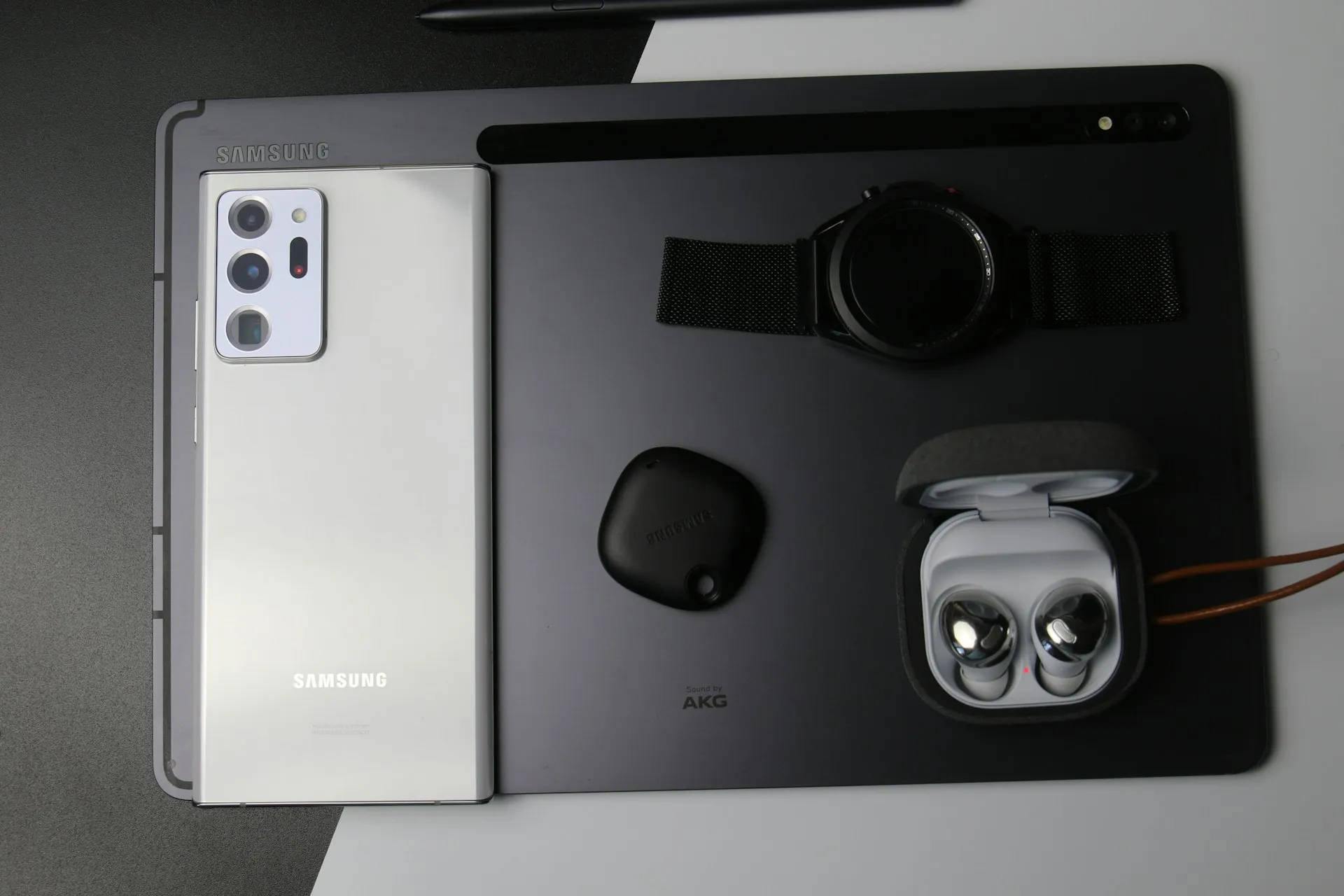

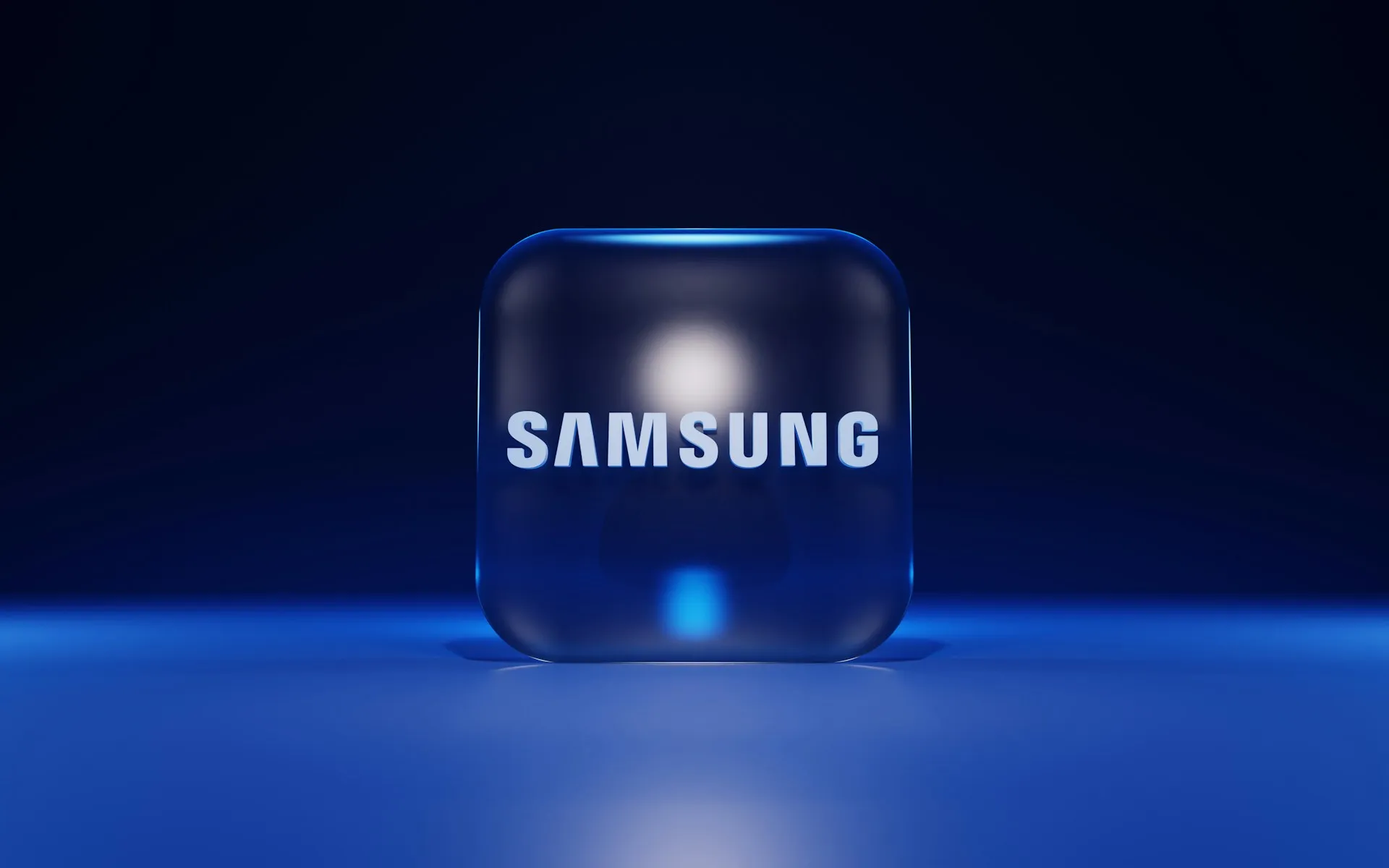


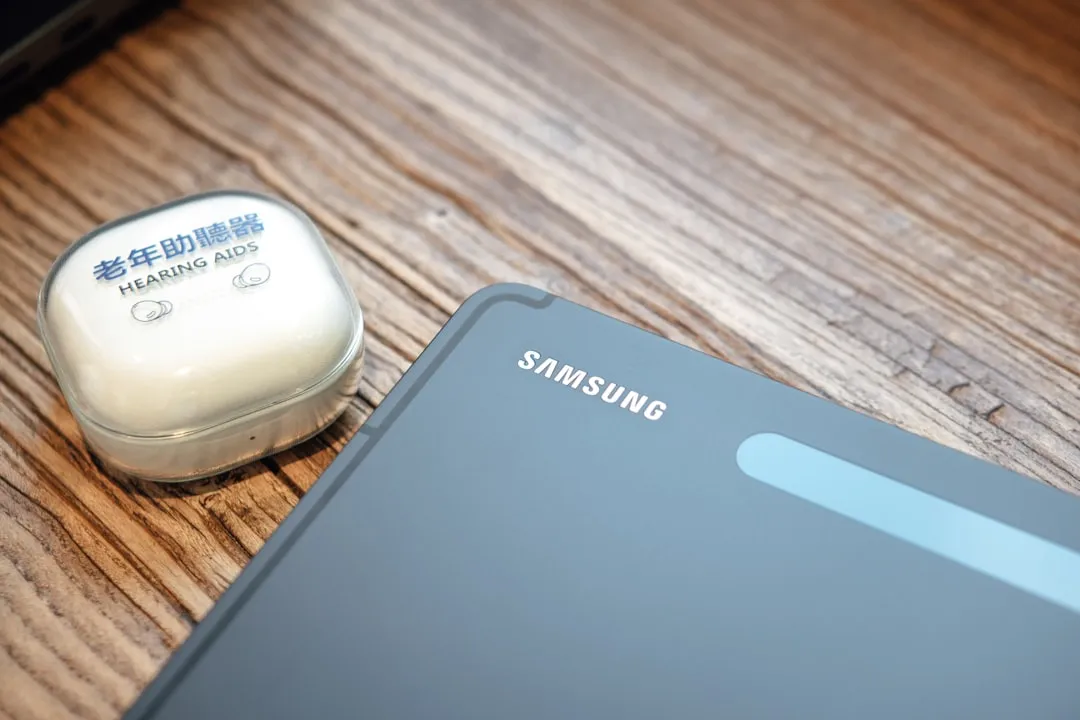
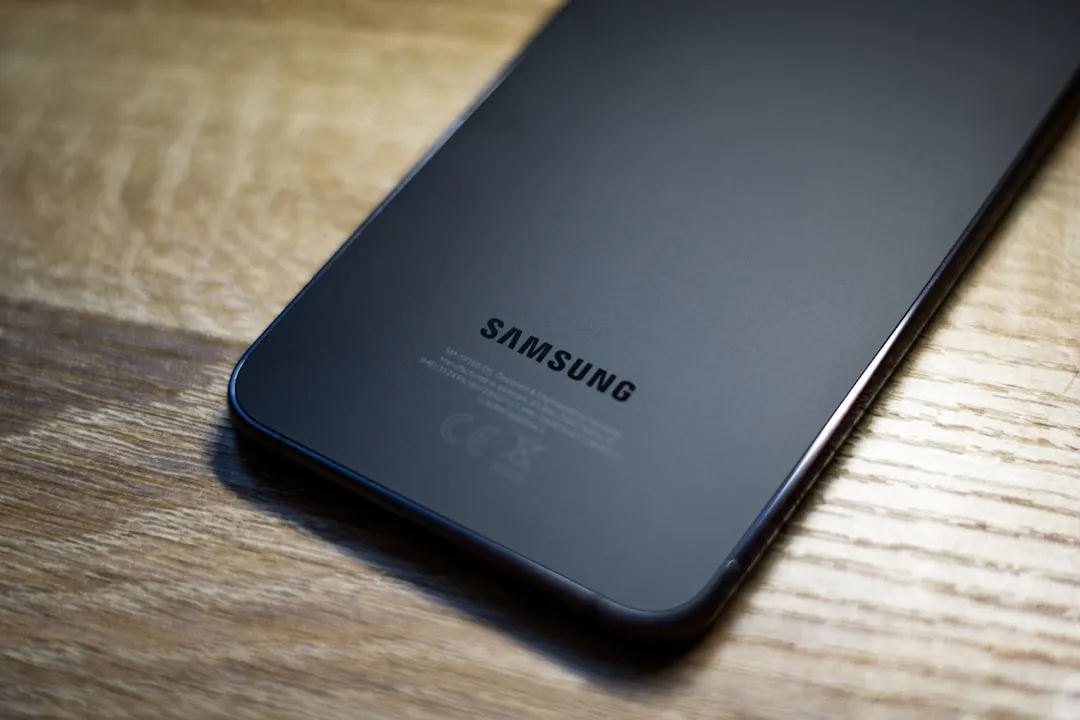
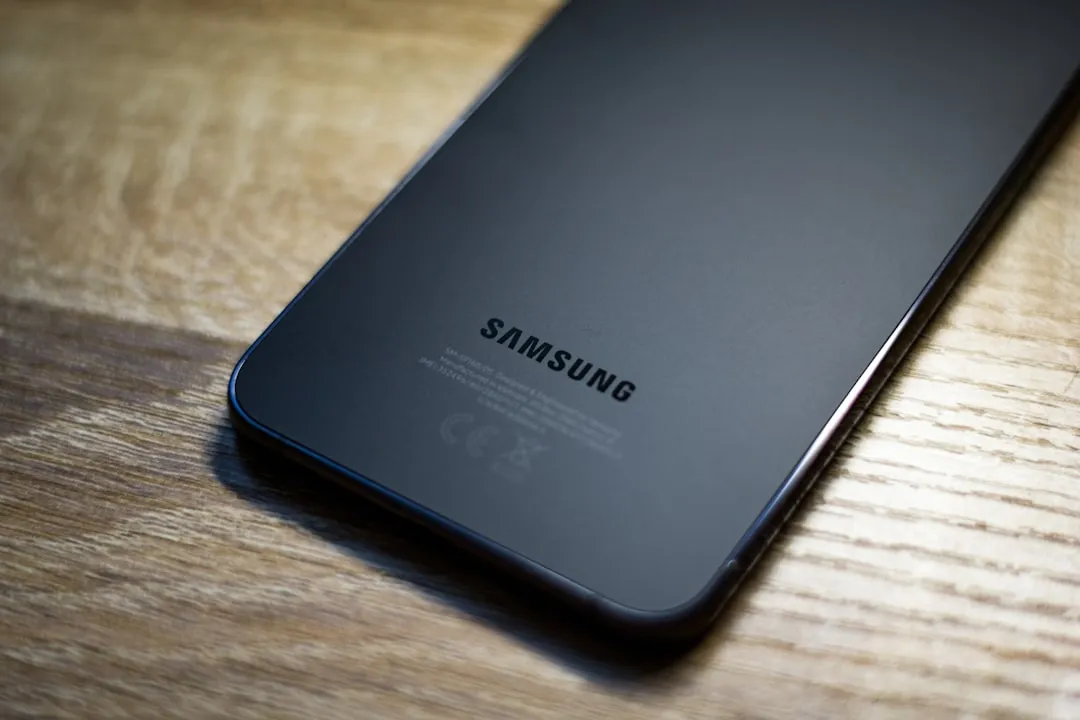




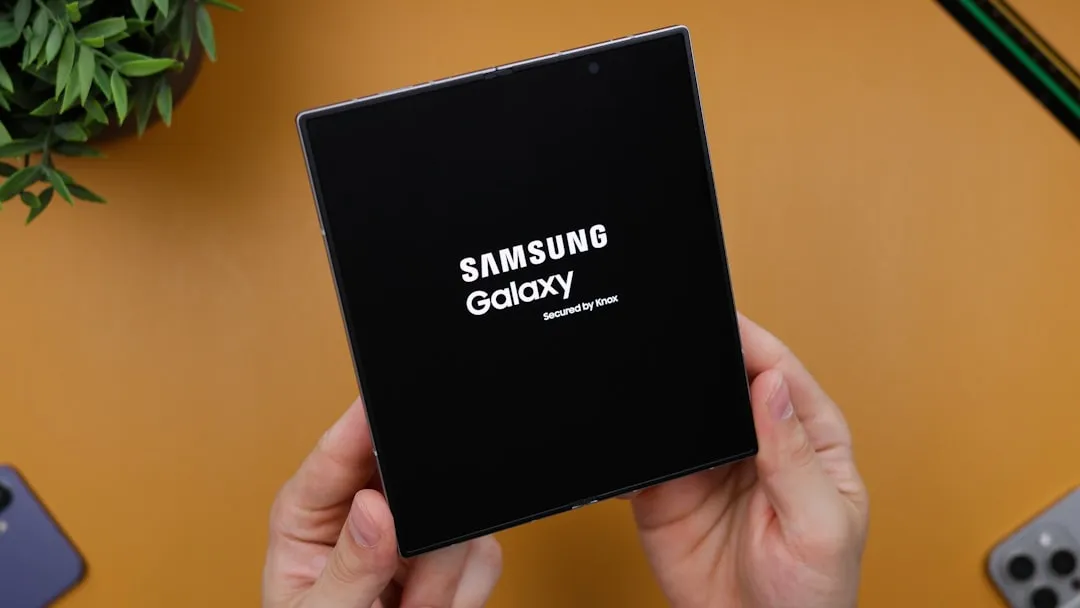

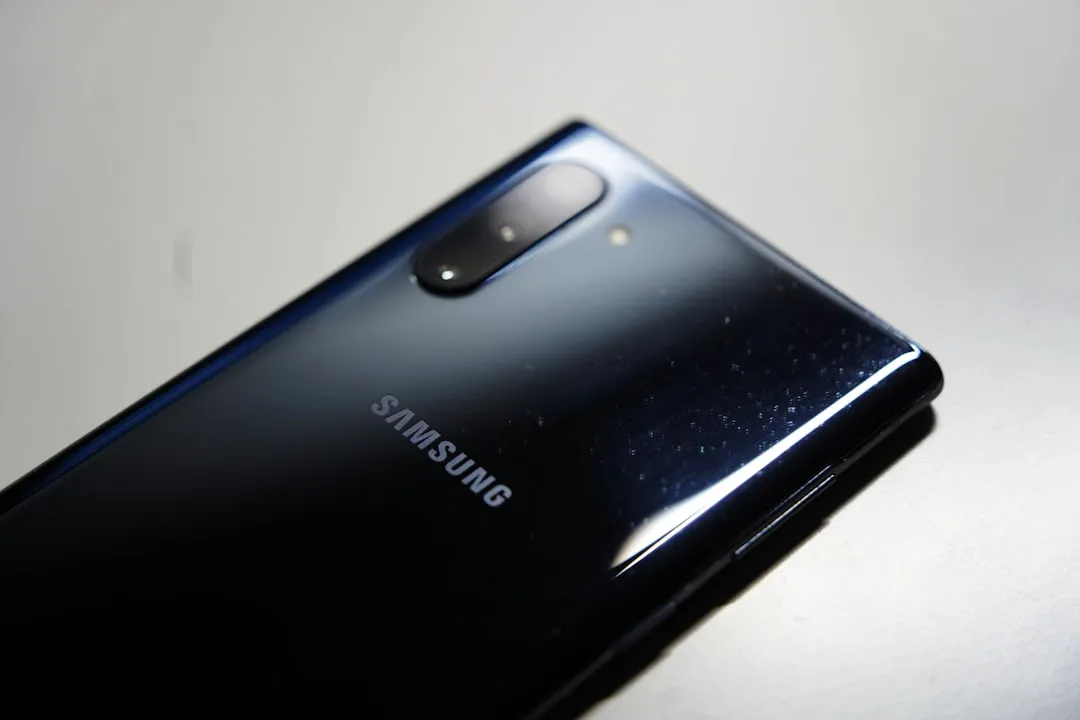
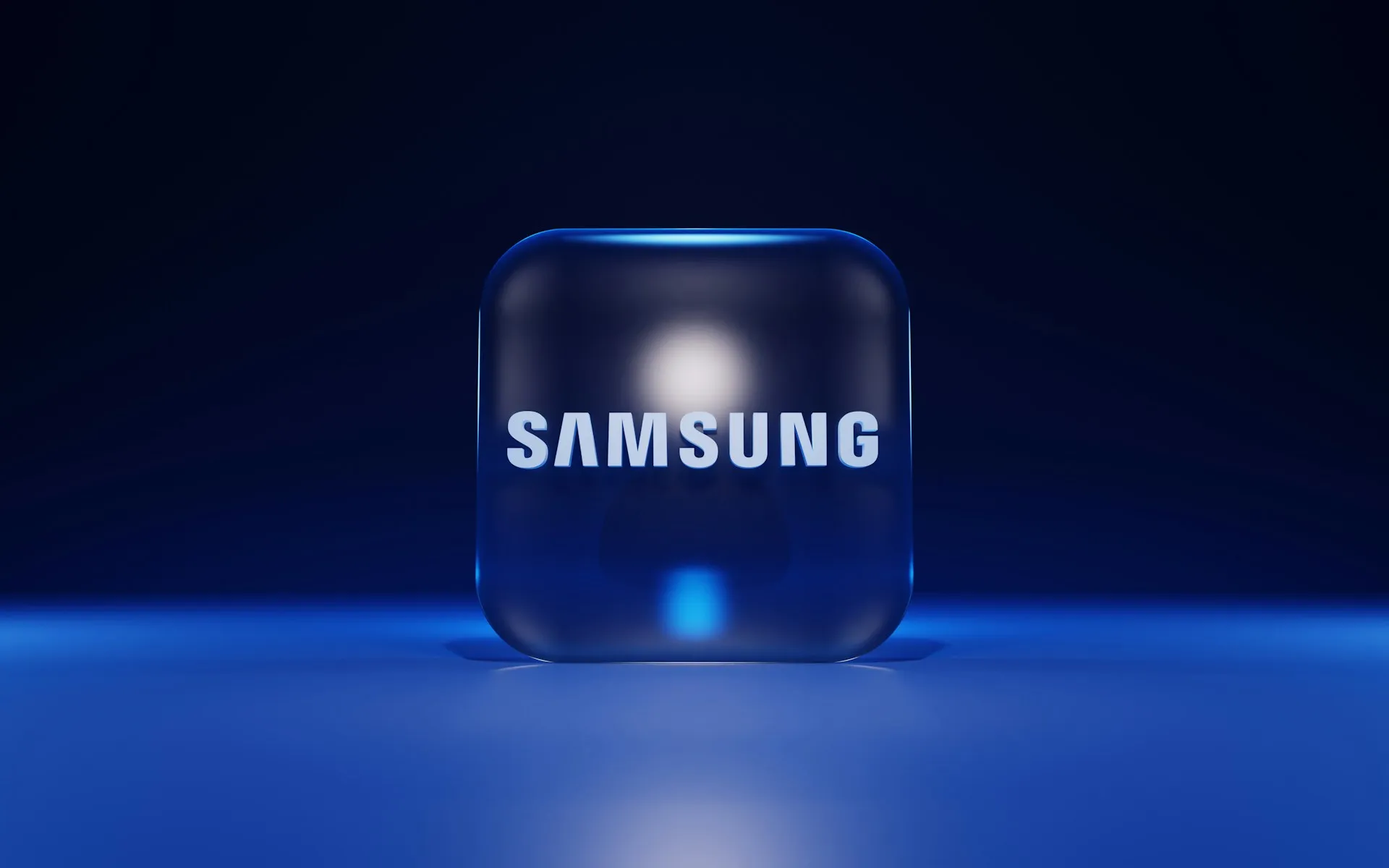

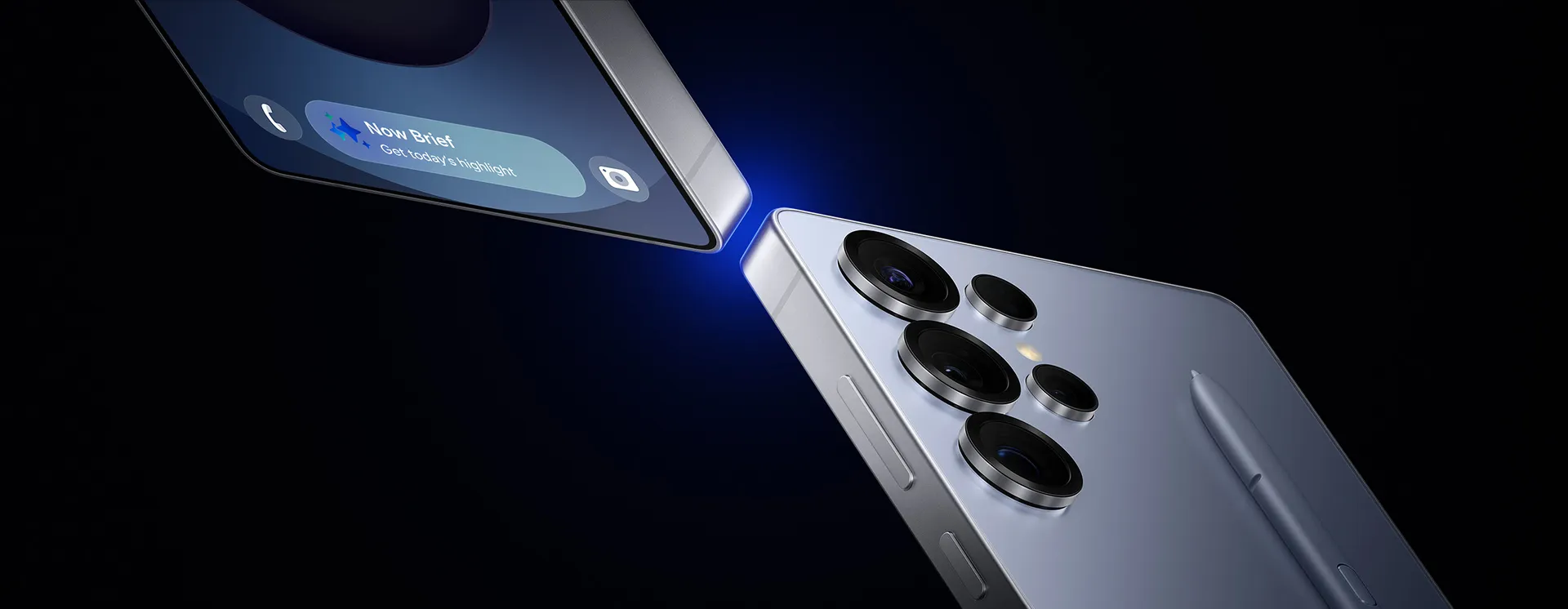

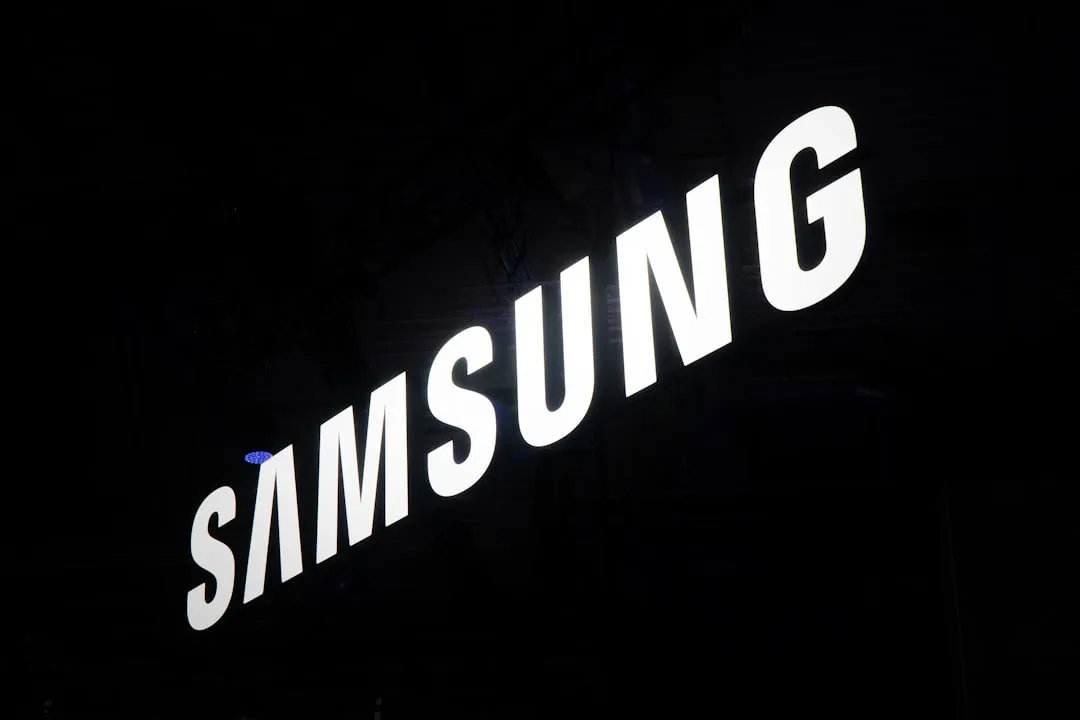

Comments
Be the first, drop a comment!